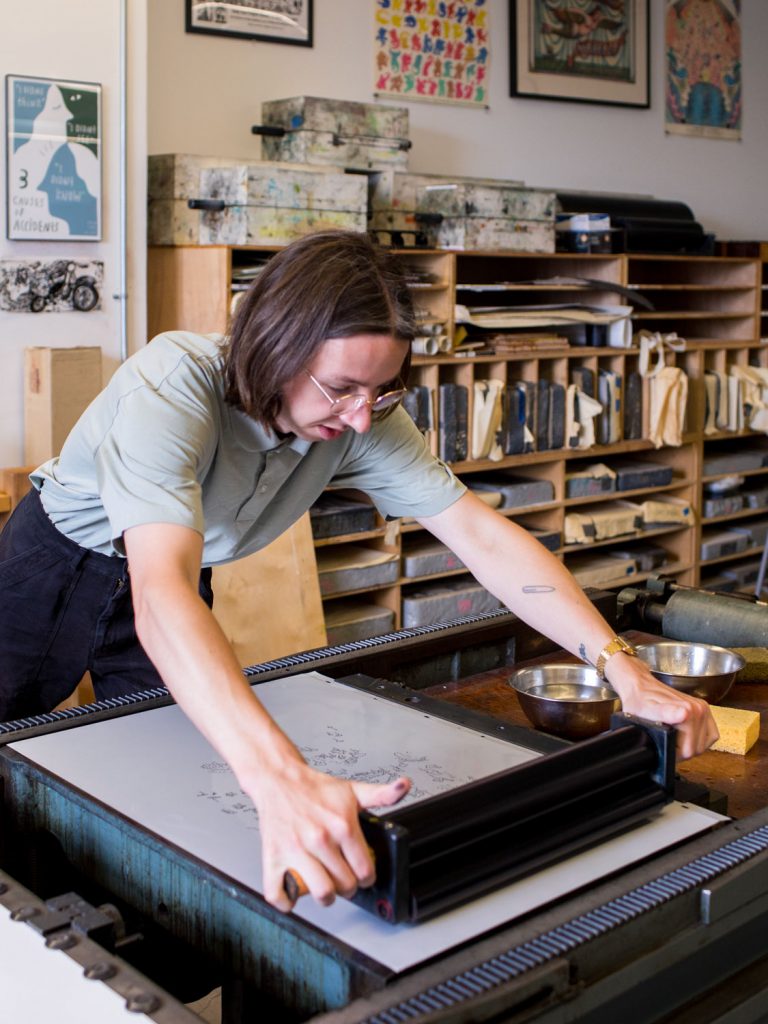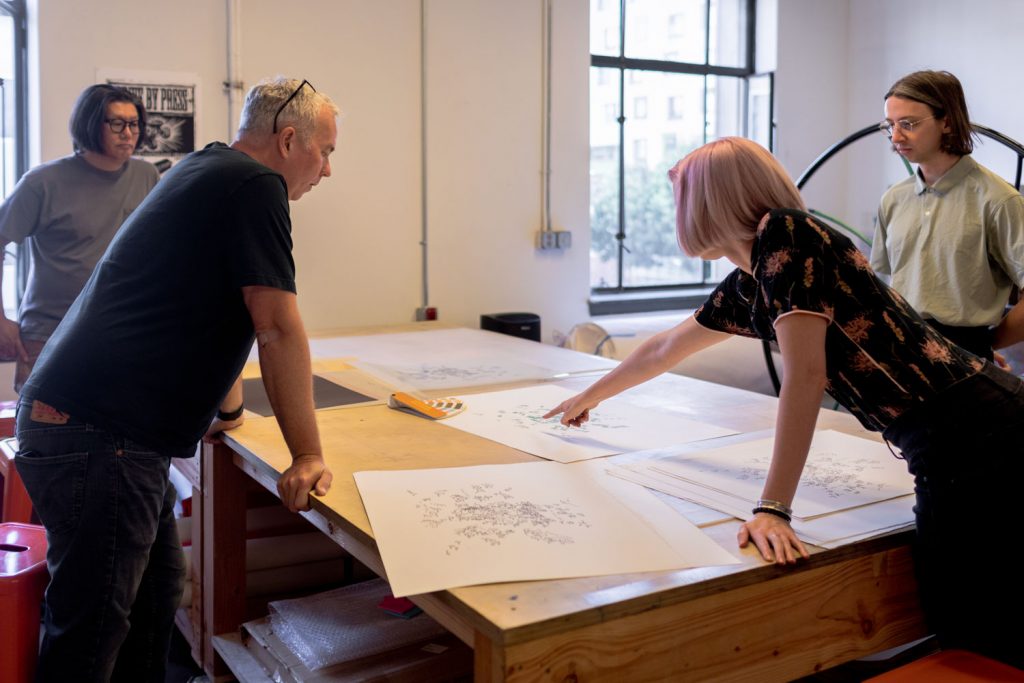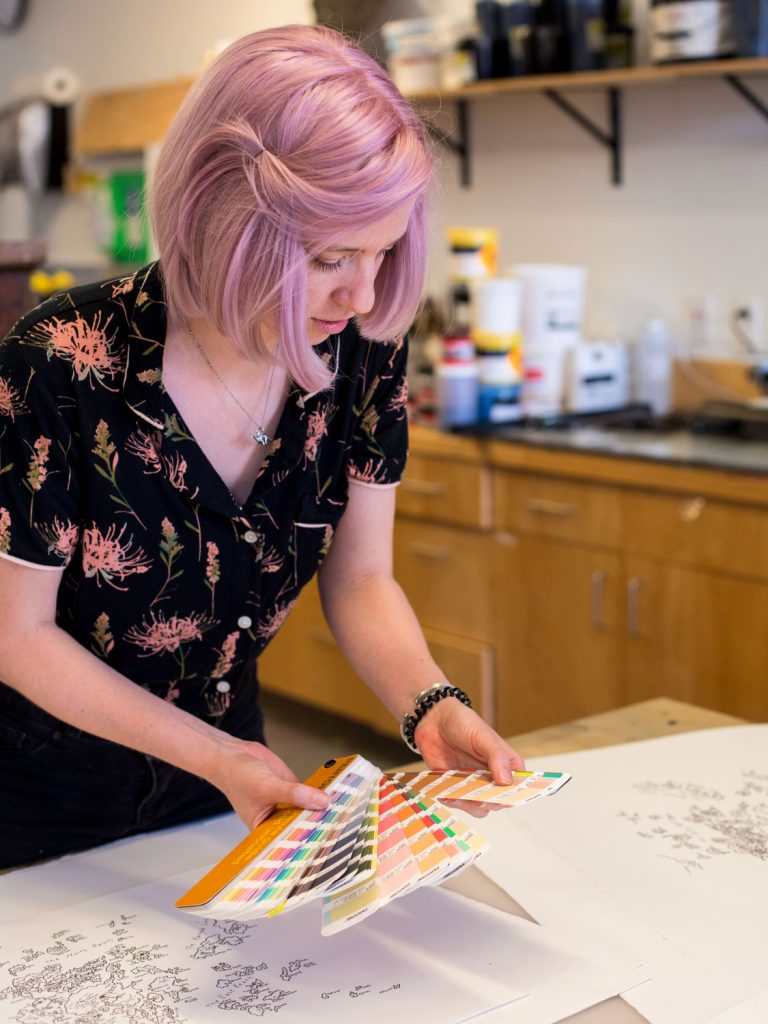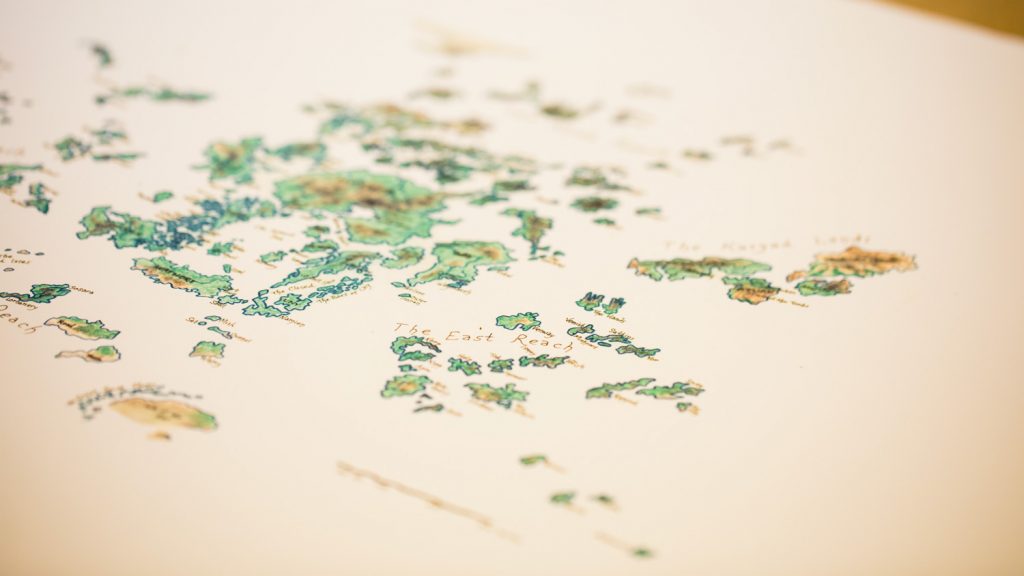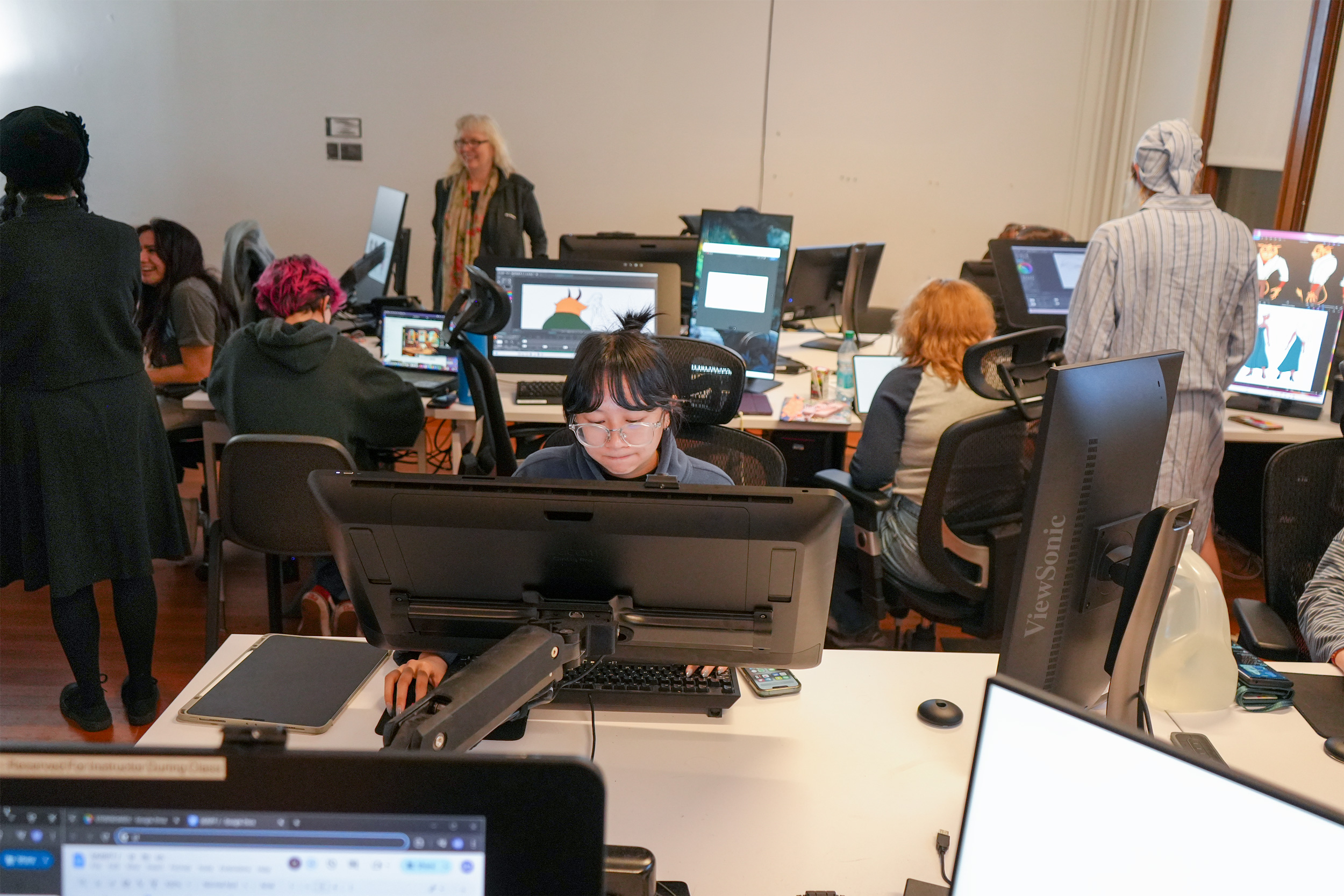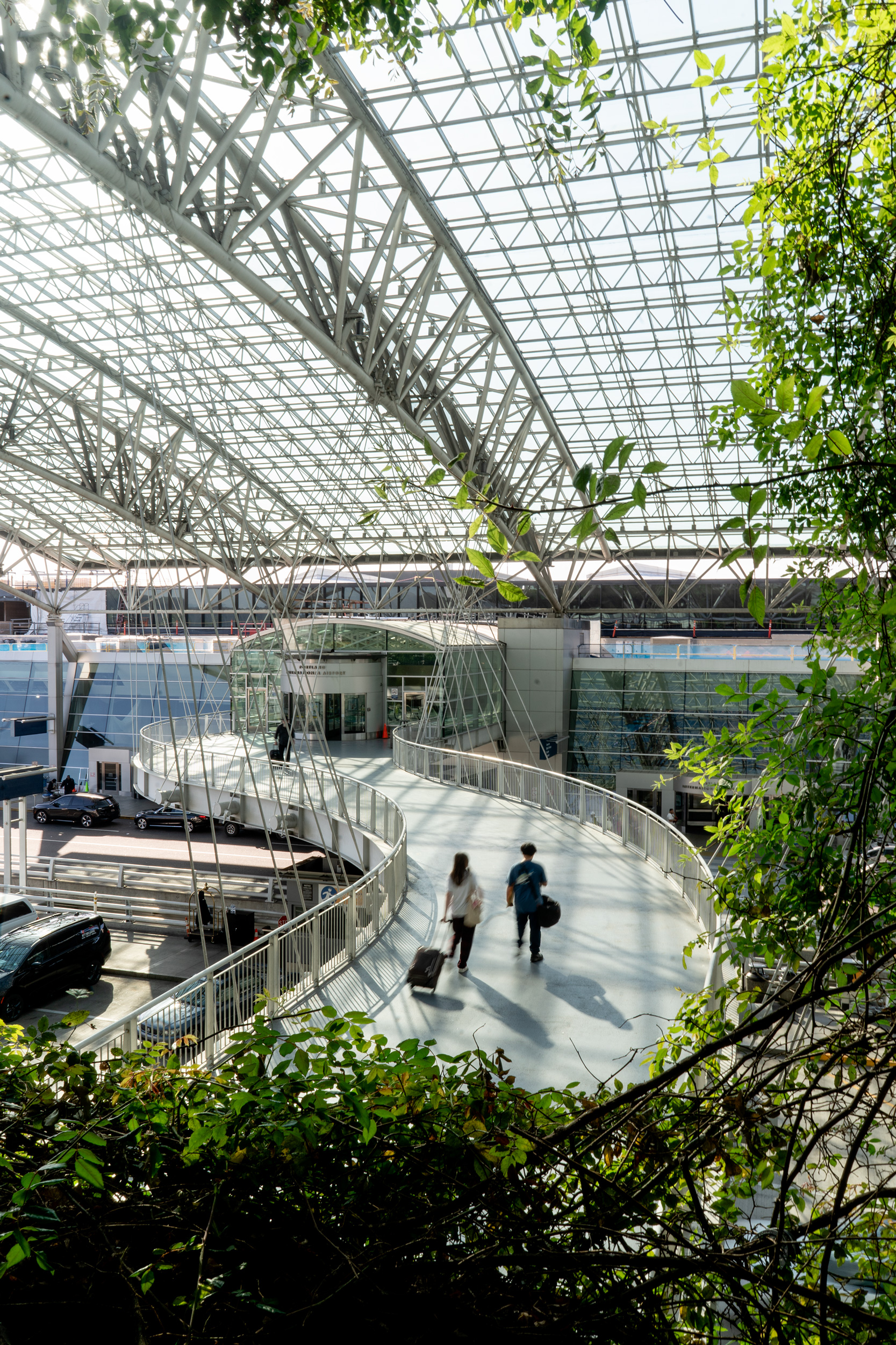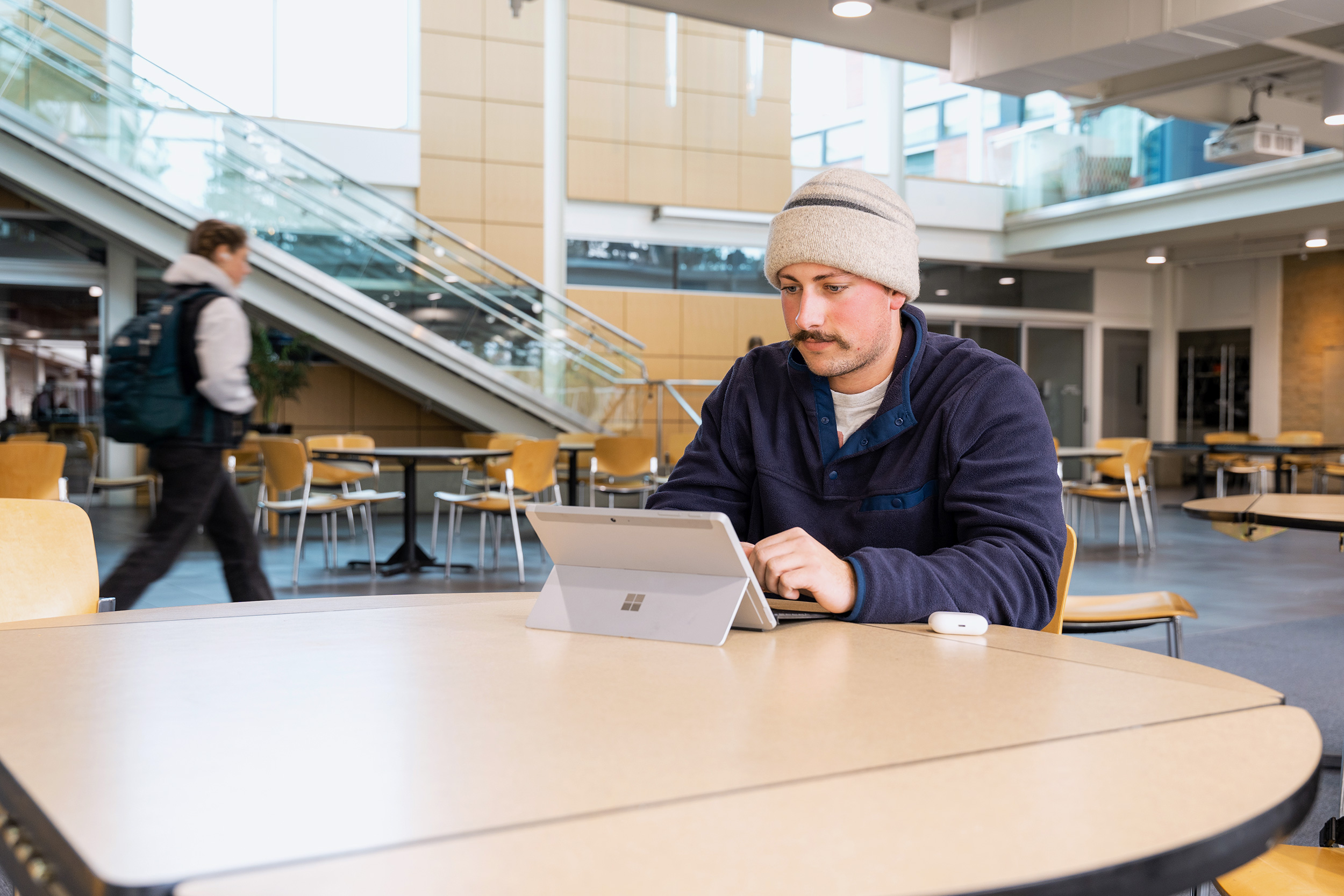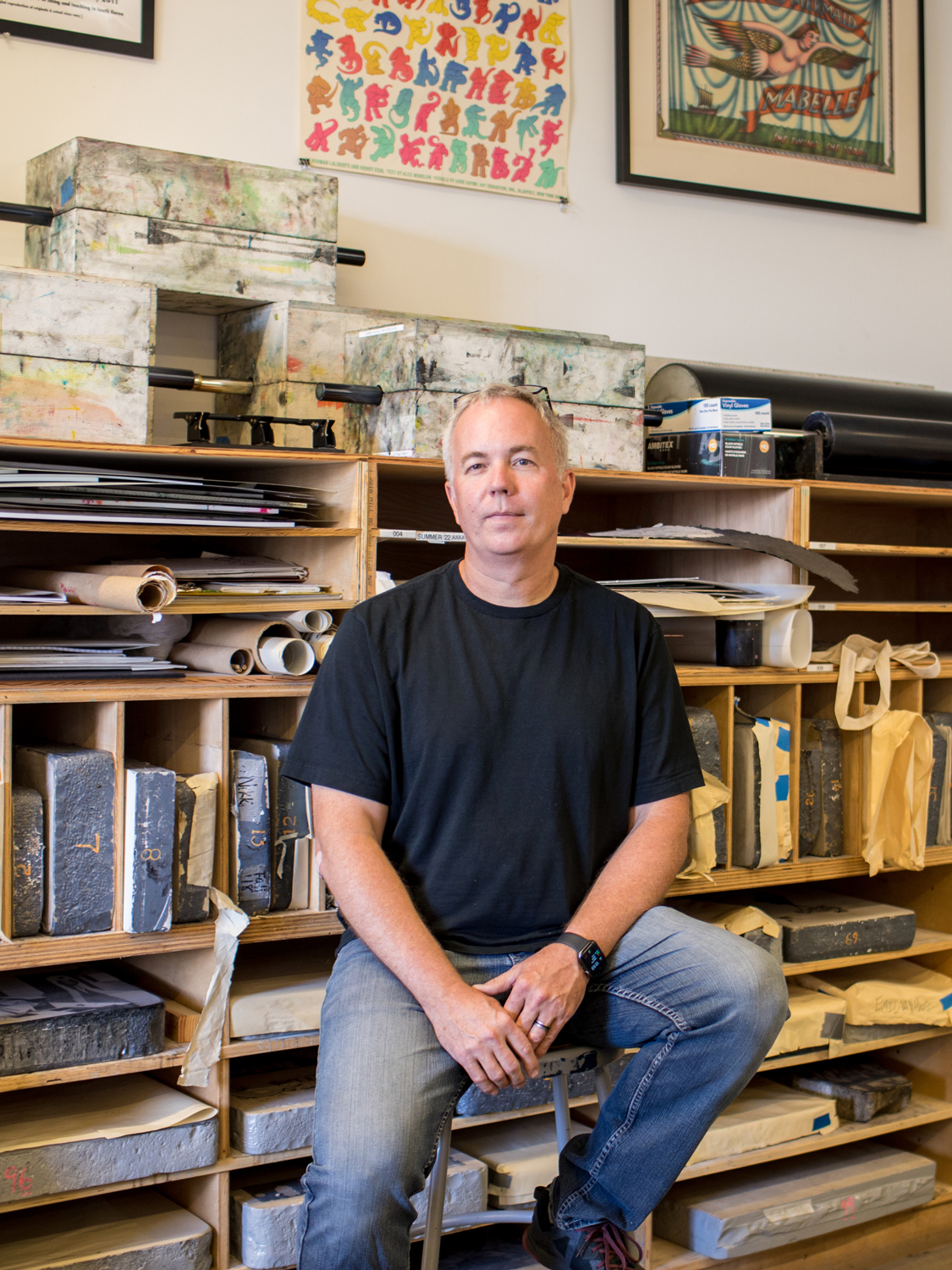
Five years after her death, Ursula K. Le Guin remains one of the most acclaimed writers of science fiction and fantasy, with a tally of twenty-three novels, numerous other works, and many prizes, including a 1973 National Book Award. She also drew maps of her fictional worlds. Willamette’s Pacific Northwest College of Art, through its Watershed Center for Fine Arts Publishing and Research, is collaborating with Le Guin’s son and literary executor, Theo Downes-Le Guin, to create limited-edition lithographs of her maps of Earthsea, which is one of those worlds. “My mother always looked to her own community first when considering collaborations,” says Downes-Le Guin. He envisioned this printing project as a way to offer alternatives to images sold online without permission. “More importantly,” says Downes-Le Guin, “maps are very present in my mother’s work. All of her writing starts with and is situated in specific, if imaginary, places. All her best-known books start with a map.”

